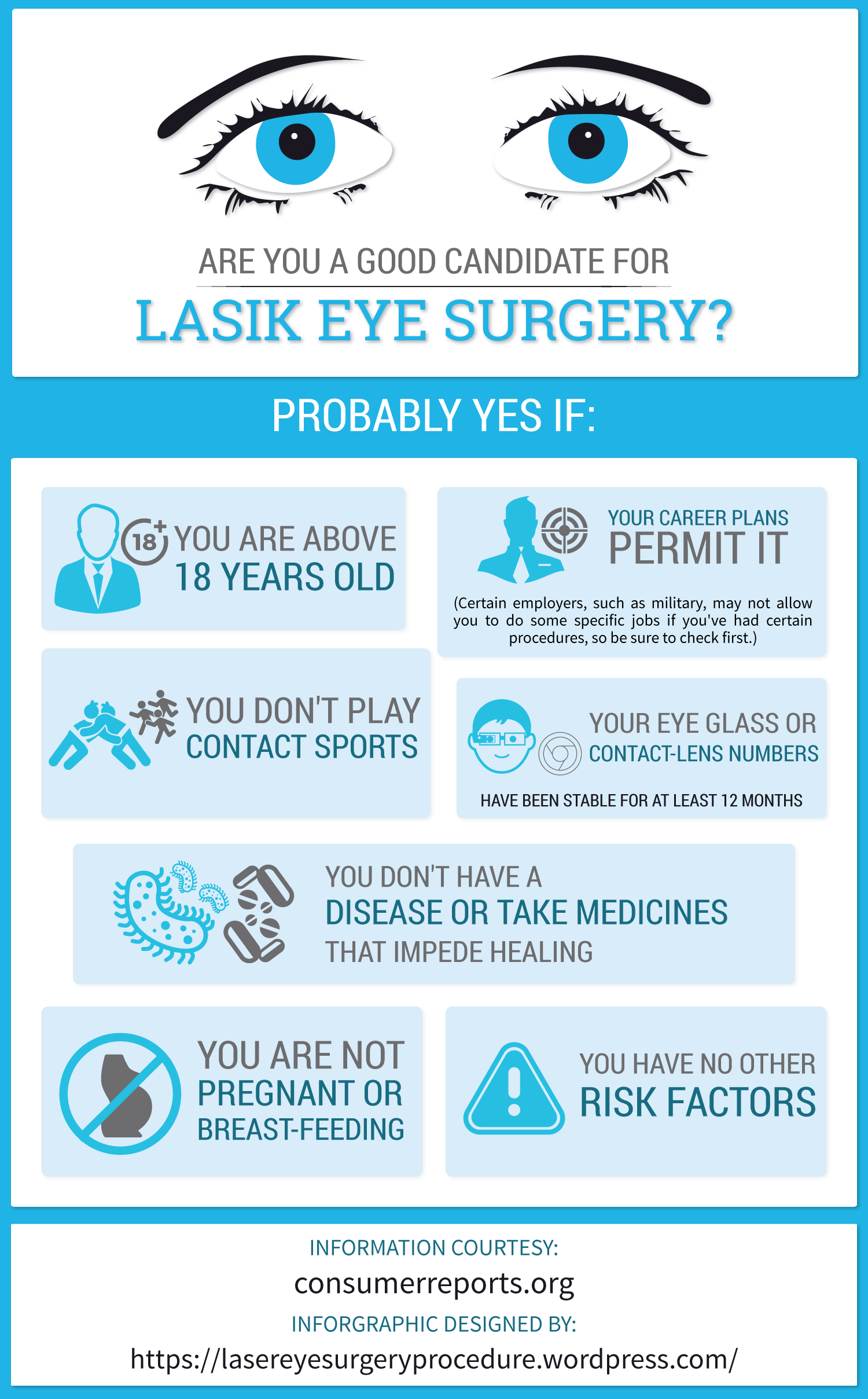The Growth Of Modern Cataract Surgical Treatment Approaches: A Comprehensive Assessment
The Growth Of Modern Cataract Surgical Treatment Approaches: A Comprehensive Assessment
Blog Article
Post Author-Cullen Serrano
As you explore the advancement of sophisticated cataract surgery strategies, you'll witness a trip marked by resourcefulness and precision. From old techniques that paved the way for modern-day developments to advanced innovations that are changing the field, the thorough introduction of cataract surgical treatment strategies is a testimony to human development and devotion to improving patient results. just click the following post between historic approaches and futuristic advancements develops an appealing narrative that sheds light on the evolution of one of the most usual surgical procedures worldwide.
Historical Methods and Technologies
Explore just how early surgeons reinvented cataract therapy by employing innovative strategies and devices. In the past, cataract surgery was a risky and excruciating treatment. Nevertheless, ancient Indian doctors were among the first to try medical treatments for cataracts, making use of a strategy called 'couching' where a sharp instrument was used to push the cataract back into the eye. This method, though crude by today's requirements, prepared for future developments in cataract surgical treatment.
As time proceeded, Arab doctors made substantial contributions by developing specialized needles for cataract extraction. These needles were used to puncture the cataract and afterwards extract it from the eye, marking a significant improvement in medical precision.
Later on, in the 18th century, the French surgeon Jacques Daviel pioneered the technique of extracapsular cataract extraction, where the entire lens was eliminated undamaged through a bigger incision. This marked a major advancement in cataract surgical treatment techniques, leading the way for the modern procedures we use today.
Modern Surgical Approaches
Early techniques in cataract surgery have actually progressed dramatically, leading to the advancement of contemporary medical approaches that focus on precision and boosted client outcomes. Modern cataract surgical treatment now frequently involves a procedure called phacoemulsification, where an ultrasonic device breaks up the cataract for removal with a little laceration. This strategy allows for quicker healing and minimizes the risk of issues contrasted to older methods.
Additionally, the use of innovative intraocular lenses (IOLs) has actually revolutionized cataract surgical procedure outcomes. These lenses can remedy not only the cataract however also other refractive mistakes like astigmatism, reducing the demand for glasses post-surgery.
Surgeons today also have accessibility to advanced imaging technologies that aid in exact preoperative preparation and intraoperative decision-making. Optical comprehensibility tomography (OCT) and other imaging modalities provide in-depth images of the eye's frameworks, enabling a more customized strategy per patient's surgery. With these innovations, modern-day cataract surgical procedure techniques continue to improve, offering clients more secure treatments and much better aesthetic end results.
Emerging Technologies in Cataract Surgical Procedure
With developments in technology transforming the field, cataract surgical procedure is seeing the integration of cutting-edge strategies for improved patient results. Emerging innovations in cataract surgical procedure are improving the landscape of ophthalmic treatments. One such innovation is femtosecond laser technology, which permits accurate corneal lacerations, capsulotomies, and lens fragmentation, bring about improved surgical accuracy and results.
Furthermore, intraoperative aberrometry is obtaining appeal, enabling real-time measurements of refractive errors during surgery to improve intraocular lens power estimations and minimize postoperative refractive surprises.
Additionally, making use of advanced imaging modern technologies like optical coherence tomography (OCT) and intraoperative wavefront aberrometry help doctors in exact medical planning and implementation. These tools provide comprehensive anatomical details and aid customize surgical techniques for each and every patient's distinct eye attributes.
Additionally, developments in artificial intelligence are being discovered to help in preoperative planning, intraoperative decision-making, and postoperative treatment, possibly enhancing medical results and individual contentment. Accepting these emerging innovations in cataract surgical procedure holds assurance for further boosting client end results and making sure the proceeded advancement of ophthalmic medical techniques.
Final thought
As you trip via the history of cataract surgery, you witness the improvement from ancient techniques to innovative modern technologies. Like a phoenix metro rising from the ashes, cataract surgery has evolved into a sign of hope and advancement.
Equally as a caterpillar arises from its cocoon as an attractive butterfly, cataract surgery has actually developed into a refined art kind, offering clients more clear vision and a brighter future.
check out here , radiating a light on countless possibilities.
